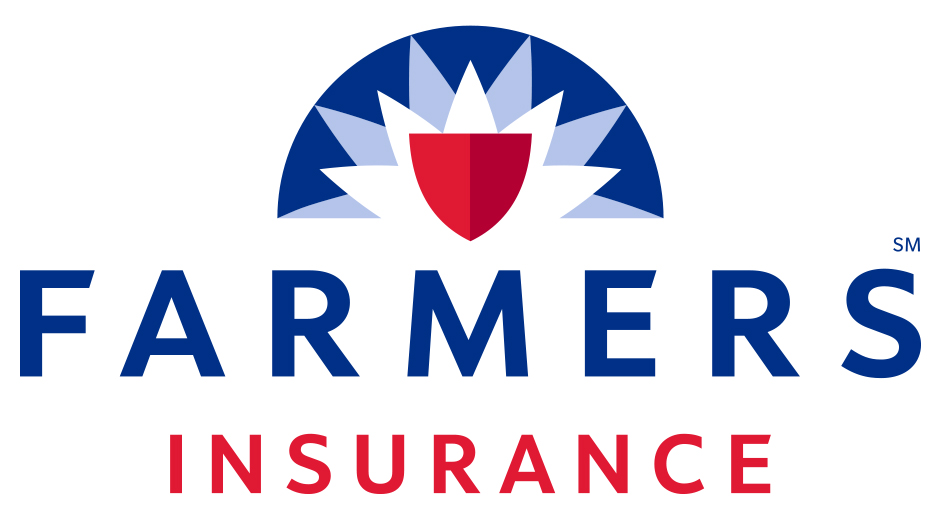Dog Bite Prevention

Posted by Greg Freund, FCLS
Farmers Insurance Agent
3100 S Durango Dr Ste 104
Las Vegas, NV 89117
Office: (702) 944-0000
FAX: (702) 446-6700
Dog bite prevention is a necessity in today’s world. Dogs are everywhere, and some are friendlier than others. As dog owners, we must take responsibility for training our dogs and keeping them under our control at all times. We must also help spread awareness to others about proper behavior around dogs, dog safety, and preventing dog bites.
It is important to understand that ANY dog is capable of biting, regardless of breed or size. Even the nicest dog can snap or bite when injured or afraid. All children and adults should learn how to keep themselves safe around dogs. Most importantly, dog owners must be responsible for their dogs.
For Dog Owners: Prevent Dog Bites
- Put your dog through basic obedience training. Continue to keep up with a training program throughout your dog’s life.
- Allow your dog to meet and interact with different types of people under calm and positive circumstances, especially children, disabled persons and elderly people.
- Expose your dog to various situations on a regular basis, such as other animals, loud noises, large machines, bicycles, and anything else that might cause fear. Start at the youngest age possible, and keep the experiences positive.
- Do not discipline your dog with physical, violent, or aggressive punishments.
- Always keep your dog on a leash or in a fenced area. Know your dog well before letting him off-leash in permitted areas. Keep your dog in your sight at all times.
- If you suspect or know that your dog has fearful or aggressive tendencies, always warn others. DO NOT let your dog approach people and other animals unless the situation is highly controlled. Use a muzzle if necessary.
- Keep your dog’s vaccinations current (especially Rabies) and visit your vet routinely for wellness check-ups.
- Always reward and praise your dog for good behavior.
Avoid Dog Bites: Tips for Kids and Adults
- Never try to approach or touch an unfamiliar dog without first asking to owner’s permission. If an owner is not present, do not go near the dog.
- When meeting an unknown dog, allow the dog to come to you. Crouch down or turn to the side. Let him sniff your hand before you pet him.
- Do not put your face close to an unknown dog – this includes “hugs and kisses.”
- Understand dog body language – most dogs will show specific warning signs before biting.
- If you are cornered by a dog, remain still and avoid eye contact. Never run and/or scream. When the dog stops paying attention to you, slowly back away.
- If knocked over by a dog, fall to your side in a fetal position, covering your head and face. Remain very still and calm.
- Never approach a dog that is eating, sleeping or caring for puppies. Dog in these situations are more likely to be protective and can become startled.
- Never leave young children or babies alone with a dog for any reason.
- Do not approach, touch or attempt to move an injured dog. Instead, contact a veterinary professional or animal control for assistance.
If a Dog Bite Occurs
- The dog owner should confine the dog, then immediately assist the victim.
- The victim, if able, should wash the bite area thoroughly with warm, soapy water.
- Contact a medical professional right away (depending on the severity of the bite, an ambulance may be needed). The bite victim should follow medical instructions thoroughly.
- The dog’s veterinarian as well as local authorities should be contacted.
- The dog owner should comply with officials, providing all requested medical information on the dog – especially Rabies vaccine history. This information should also be provided to the victim.
- The dog owner must take measures to prevent the dog from biting again – contact a professional trainer and possibly a veterinary behaviorist. Be aware that some local ordinances require quarantine or even euthanasia after a dog bites someone.






